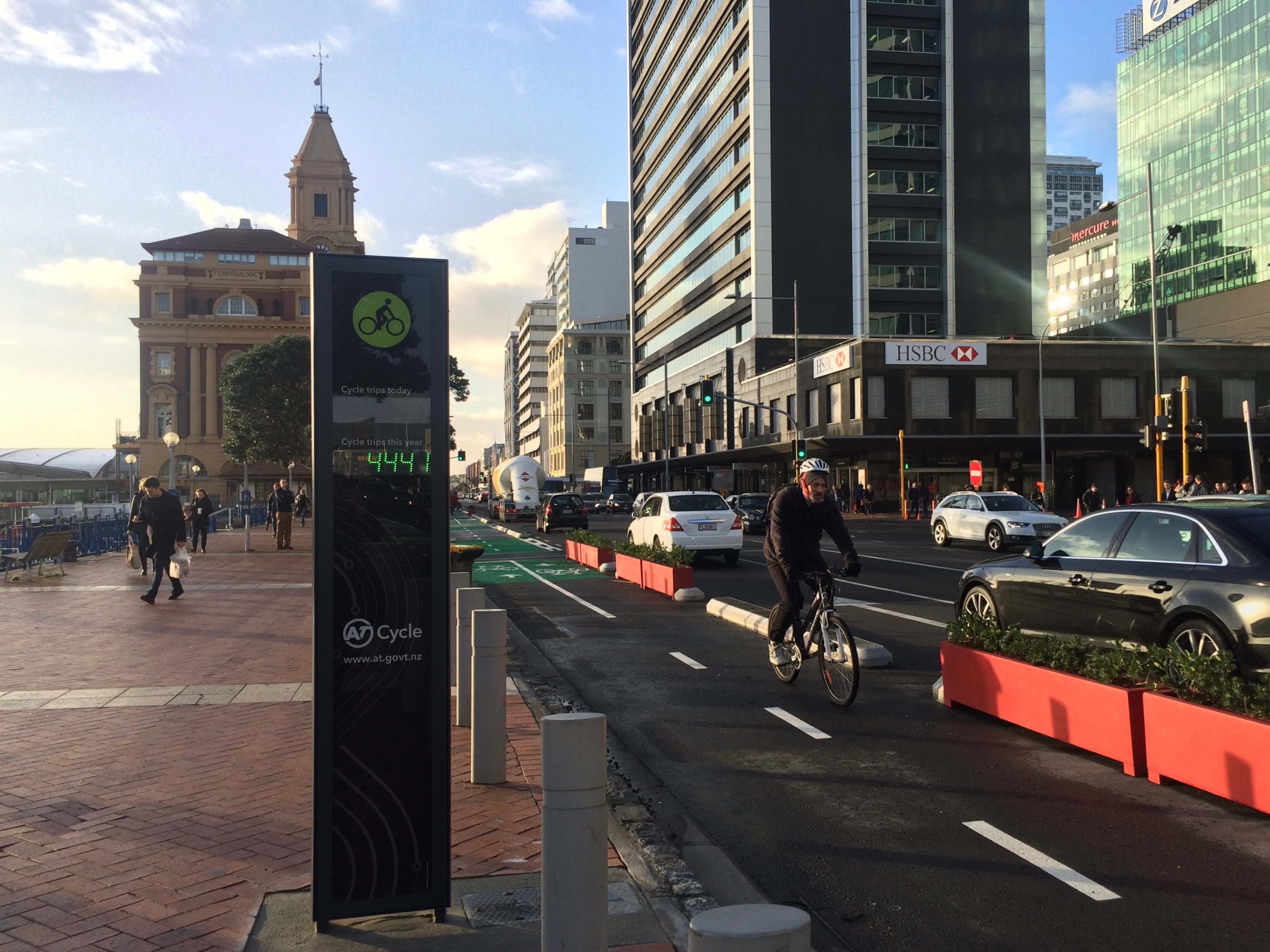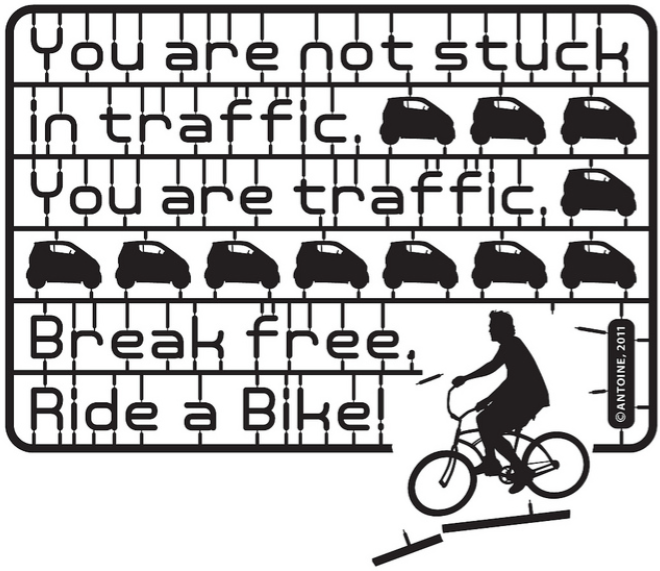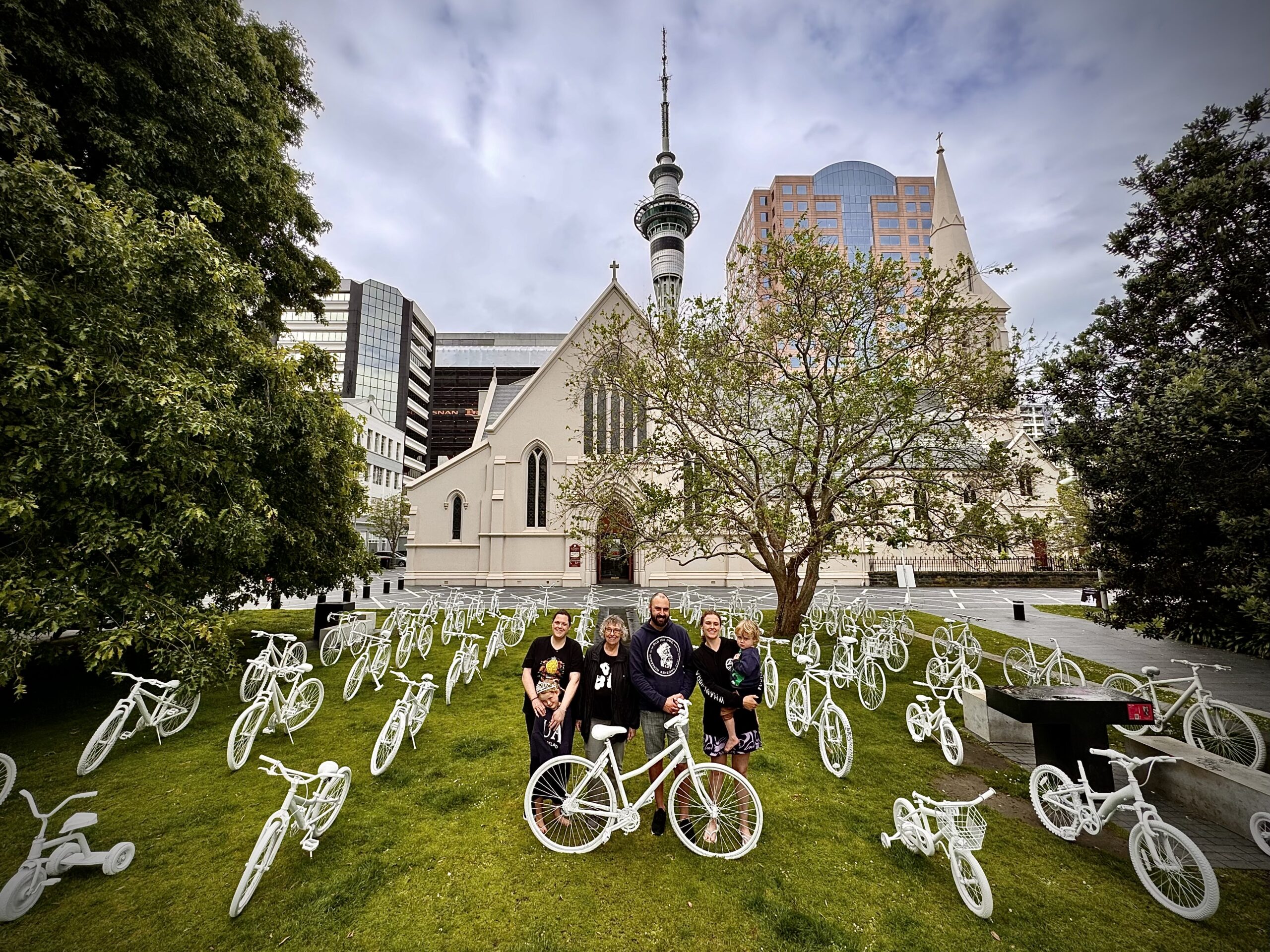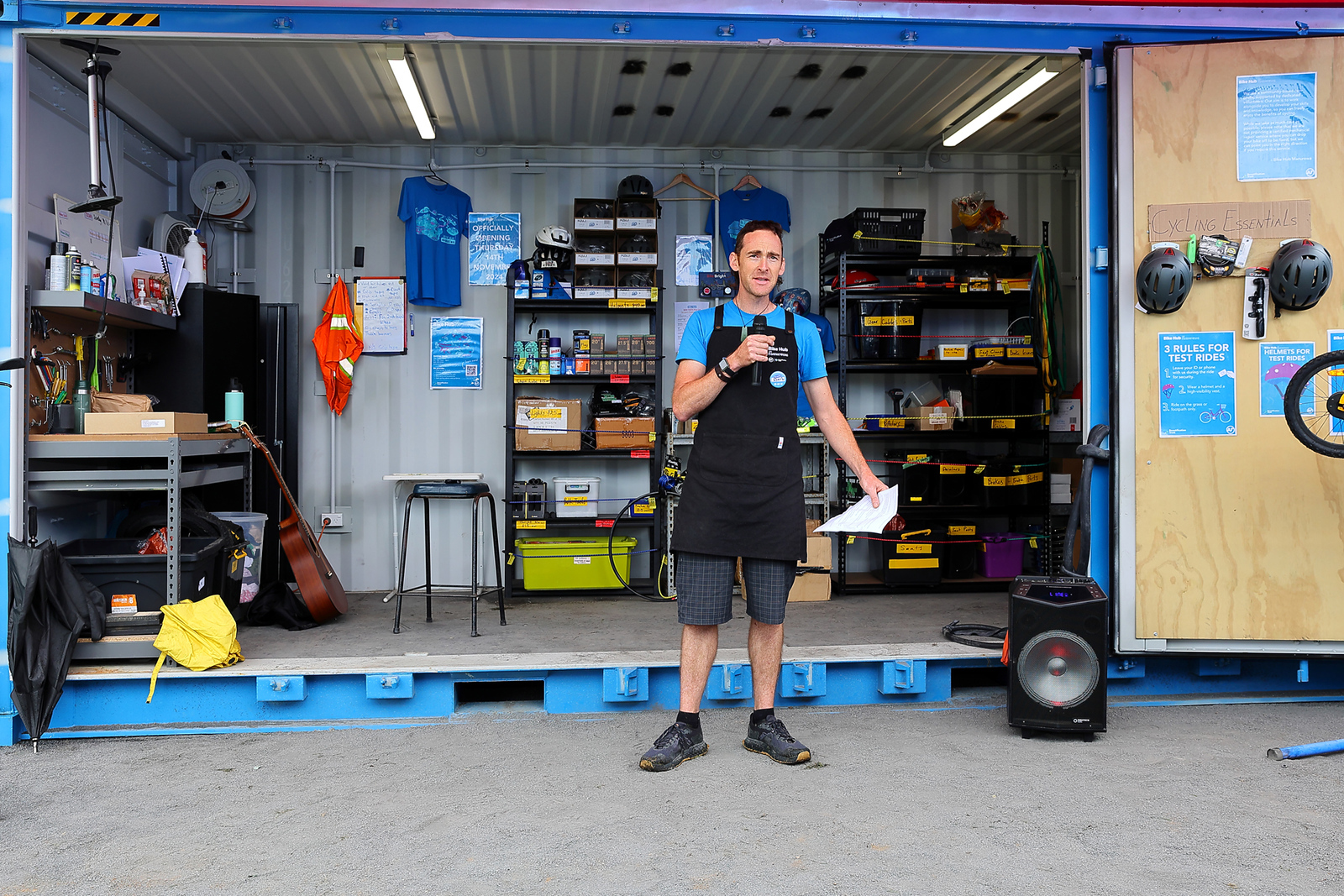One of the things we sometimes hear is ‘I think bike lanes are a good idea, but I’d feel better about them if I saw more people using them.’ We’ve heard a few variations on this theme during this election season, like:
- ‘We need to be pragmatic about cycleways. They have a place, but the rights of cyclists must be fairly balanced with the rights of those who do not use cycles.’ (That’s mayoral candidate John Palino).
- ‘We will use [data] to assess the efficacy of bus and cycle lanes throughout Auckland, ensuring we are not turning our roads into unproductive assets.’ (That’s mayoral candidate Vic Crone).
Hey, we get it. You’re sitting there in your car at the beginning or the end of the day, most likely all by yourself, listening to the traffic report (‘expect delays’) while you inch forward. There’s a whole empty lane to the left of you. And then every now and then a bike or a bus sails past, all fit and efficient and carefree – maybe even a double decker bus, or two people on bikes chatting to each other – in the otherwise ’empty’ lane, and you’re like GRRRR. How come they get all that space to themselves??
Auckland rush hour, cars vs bikes. pic.twitter.com/SNyQQtm5wN
— Bike Auckland (@BikeAKL) June 22, 2016
Here’s the thing. Like a railway line, a bus lane or a bike lane can look ’empty’ much of the time – even when is carrying significant traffic.
There are more bicycles on the left than cars on the right… Not empty, just extraordinarily efficient. pic.twitter.com/c8AiNOsorR
— Chris Kenyon (@BoxbikeLondon) April 8, 2016
That’s because, especially at peak travel times, it’s moving people more efficiently than the rest of the road.
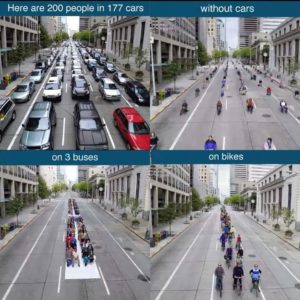
In city traffic – or alongside it – a bike can get you there almost as fast as a car (sometimes faster), while using only a fraction of the space.
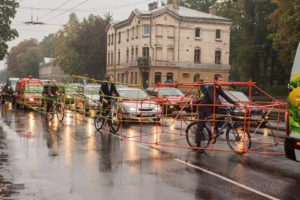
Today, the Quay St cycleway clocked a total of 50,000 trips in the almost 3 months since it opened.
https://vimeo.com/185385266
(NB the highly visible digital ‘totem’ doesn’t catch all those who enter the city from Tamaki Drive but then peel off into town before reaching the bottom of Albert St; nor does it count those who prefer to ride on the road).
50,000 bikes over 88 days – that’s an average of 568 people on bikes a day.
Maybe that doesn’t sound like a lot. But what if, instead of riding a bike, each of those people drove a car? To make it a fair comparison, let’s use the average occupancy rate of 1.2 people per vehicle.
This would add something like 473 vehicles a day to Quay St. For comparative purposes, that’s four to five times the amount of traffic in the right-hand side of the photo below.
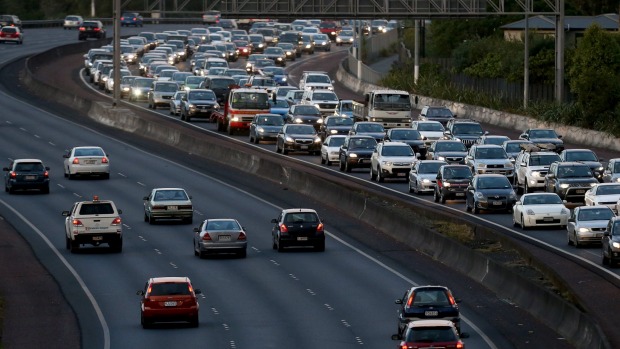
We could just copy and paste that photo four or five times. But we’re lucky enough to have a tech-support teen on hand, who whipped up the image below. If the people on bikes on Quay St travelled in cars at the average occupancy rate, here’s how many extra vehicles would pour along the waterfront in the course of the day.

By contrast, here’s what 568 people on bikes per day looks like, to the casual observer. A burst of something… then a moment of nothing. This is what efficiency looks like.
The Quay St cycleway is humming along nicely tonight! pic.twitter.com/31Md3nIGWE
— Bike Auckland (@BikeAKL) August 23, 2016
(NB This is a busy moment in late evening in winter, and of course there are quieter times of day. But we also know that the more you connect cycleways together, the more enthusiastically people flock to them at all times of the day and year, so this clip will become more and more typical.)
—
To bring us full circle, here’s another mayoral candidate – Chloë Swarbrick, who is also the first mayoral candidate to jump on board with Bike Auckland’s vision of a more bikeable city.
There is a lot of money ($1.4 billion in 2015 alone) spent on transport in Auckland. But we’re not seeing that cost reflected in choice.
Choice is the freedom to choose how you, as the people of Auckland, navigate our city. Currently, many parts of our city are automobile-dependent, because the alternative options (public transport, cycling, or walking) are impracticable or inaccessible.
To see our roads function properly, we need to invest in projects to get people – especially those people who don’t actually want to be there – off of those roads.
As your Mayor, I will advocate for a bold shift in focus: I will see that Auckland’s public transport system is a real, viable, and efficient option to get where you’re going. I will see Auckland thrive by becoming walkable, and cycleable.
If we want to add choice, and invest efficiently and effectively in moving people around, making space for cycling is spectacularly smart value for money, with speedy returns. As Chloë points out, ‘Cycling is the cheapest and most efficient way to get around a city. Where we’ve seen investment in safe cycling (Lightpath, Grafton Gully, Nelson Street and Quay Street), numbers of people cycling has gone up.’
And in contrast to a bus or a train, you don’t have to wait for your vehicle to arrive. (Your vehicle is also a lot more affordable, has free parking, and gets you right to your door).
What the growing numbers across the city tell us is this: more and more Aucklanders aren’t seeing ’empty’ bike lanes at all – they’re seeing wide-open opportunity, and they’re leaping to take advantage of it.

